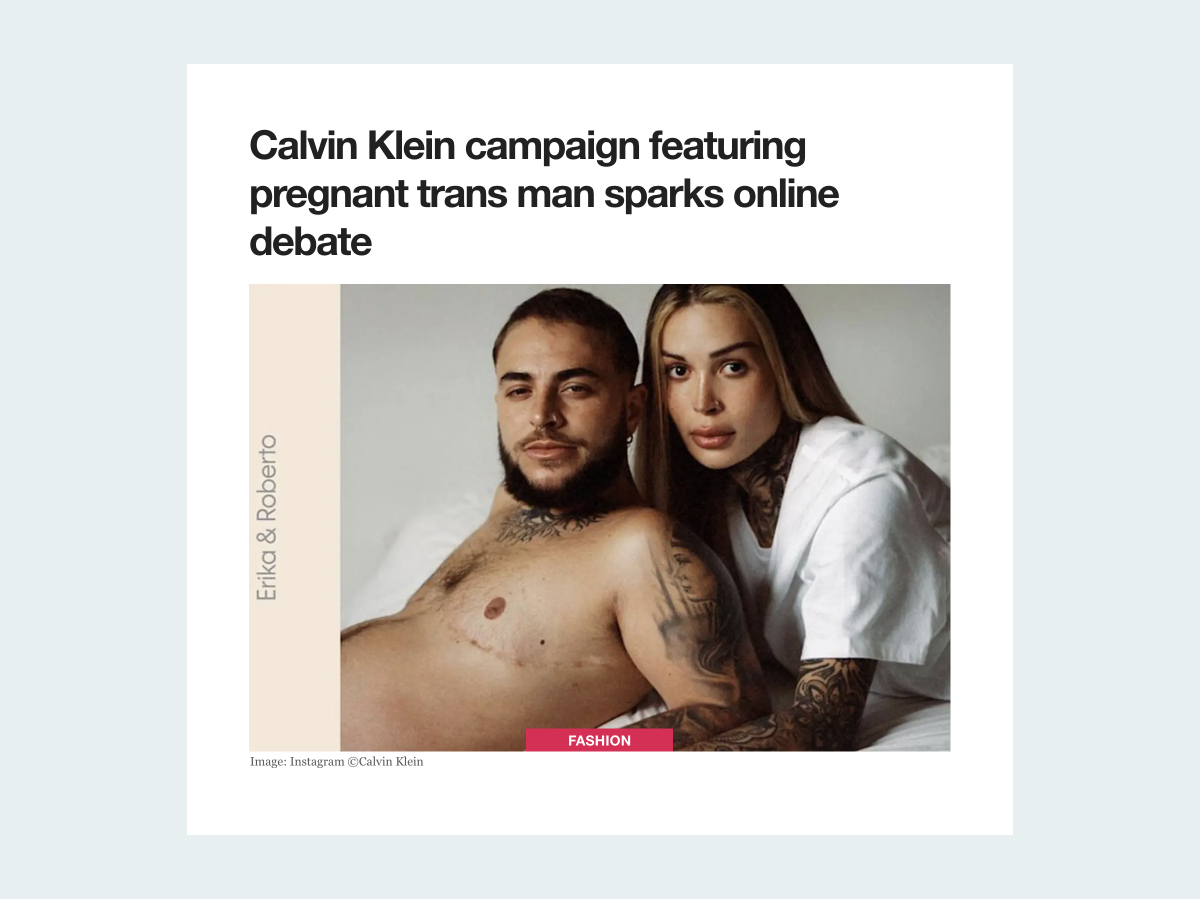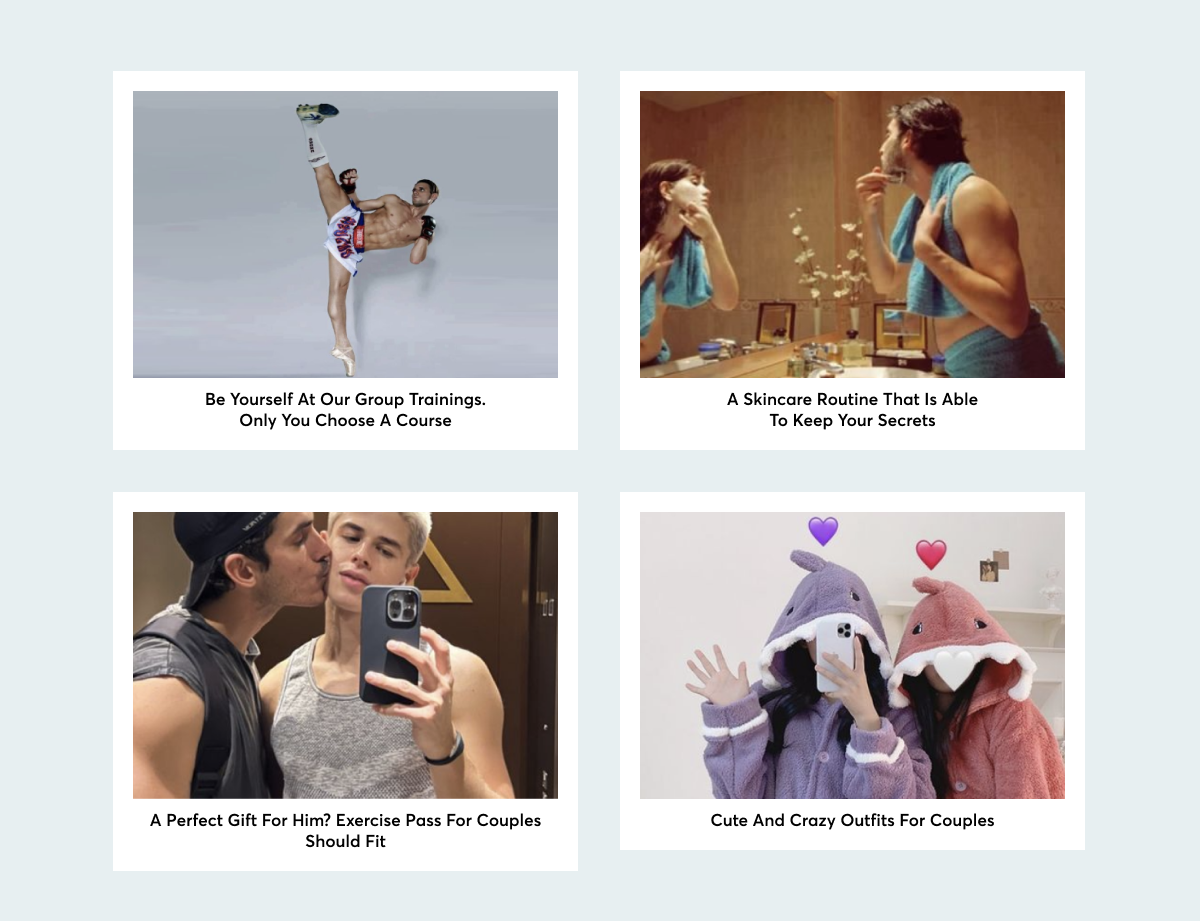As June rolls around, Pride flags wave from every flagpole and rainbow logos are displayed on every company’s official Facebook profile. Yet, we find ourselves facing the same conundrum: year after year, members of the LGBTQ+ community claim that businesses only pay lip service to the cause.
And who can blame them? As soon as June comes to an end, the support is, in most cases, completely gone. It’s hard to imagine that these companies that are “paying tribute” to the LGBTQ+ community know anything about June 28th and the Stonewall Riots, let alone the new era of activism that followed. It’s safe to assume most companies are ignorant to why June is the month of celebrations and parades, beyond Bill Clinton declaring it so in 1999.
Seeing as how one in ten LGBTQ+ members have been targeted by ads based on their sexual orientation — almost all of which missed the mark — it’s safe to assume that companies need to brush up on the community’s history and struggles.
Millennials and Gen Z, especially the latter, are paving the way as the proudest generations ever, and who also happen to be the most likely targets of misinformed ads. In 2020, 9% of millennials and 16% of Gen Z identified as LGBTQ+. According to some reports, these rates are twice as high in 2022, meaning that one in five of Gen Z identifies as LGBTQ+.
If you wish to reach this audience and support them, truly support them (not just rainbow washing for the month of June), you’ll need to show you really mean it. Luckily, you can learn from the companies that have already done it right.
Best practices for Pride Month marketing
The phenomenon of rainbow washing is so widespread that it’s become the poster child of performative allyship: the profession of allegiance with a cause for the sake of earning social capital. It’s the polar opposite of authentic allyship, i.e., true devotion to a cause.
What can you do as a company to avoid being seen as a performative ally? Remember, the LGBTQ+ community can, and will, see through shallow and dishonest attempts at solidarity. Seeing as how millennials and Gen Z alike tend to align their spending habits with socially responsible brands (not that this should be your main motivator), performative allyship can be quite detrimental to your brand image.
In order to be an authentic ally to the cause, you need to be, well, authentic. Ask yourself these questions. Is your heart in the right place? What’s your motivation for partaking in Pride Month? Are you really helping the community, or just claiming you are?
There's really no room for debate here. The only way to be ethical about your Pride Month marketing is to approach it with authenticity, empathy and creativity.
Let’s start with authenticity. This one should be a no-brainer — continue to support the cause beyond June 30th. It’s a one-way ticket to being branded as a rainbow-washing capitalist. Next, take action. Actions speak louder than words, so show how awareness of LGBTQ+ plights and realities affects your day-to-day business. Consider, how can you support the community on any given day and month?
Empathy is about realizing that this month is for people, not businesses. It’s not your message that matters, it’s the people who convey it that do. Include the LGBTQ+ community within your own ranks in the process. Their perspective should become yours. If there’s someone who can help you from accidentally stereotyping or excluding the community, it is most likely someone who often finds themselves at the receiving end of such stereotypes.
Finally, creativity is your opportunity to create messaging that is unique and meaningful to the cause. Your support should be distinctive, like no other, and specific to your business and yours alone. Adidas certainly can't express their creativity in the same manner as Lego can. Your niche will define the sort of creativity you can express.
Famous LGBTQ-inclusive campaigns
Now that we’ve set the stage for what LGBTQ+ campaigns should be all about, we’ll show you some real-world examples of what it looks like when authenticity, empathy and creativity all come together in a show of support.
McDonald’s
Supporting the LGBTQ+ community is a year-long effort, not just for the month of June. McDonald’s upholds this goal by keeping their funding and partnerships transparent. You can see which community-oriented foundations they’re cooperating with, as well as a clear-cut list of every way in which McDonald’s supports their LGBTQ+ community.

GreenRubino
Women-owned independent creative agency GreenRubino started a campaign with the noble goal of mowing down outdated stereotypes that harm the LGBTQ+ community.
FDA regulation prevents gay and bisexual men (and their partners) from donating blood by slapping them with a three-month waiting period. GreenRubino challenges these regulations with brilliant imagery and keen commentary.

Reebok
There are few things better in LGBT-inclusive advertising than giving actual members of the community full reins over advertising campaigns and supporting them with the resources to make it happen.
Reebok championed inclusivity when they gave full creative freedom to Lazarus Lynch. Together, they created a short film featuring Richie Shazam, Maxwell Pearce, Mizzko, Broderick Hunter and Amrit. It also features their loved ones, who express their feelings through notes.
This short video is a lesson in empathy and supports seeing the LGBTQ+ community as what they truly are — people who love and who are loved.
Calvin Klein
It’s not unlike Calvin Klein to challenge social norms and perceptions. There’s a lot to be said about how arbitrary norms affect members of the LGBTQ+ community, and how tearing them down would make everyone’s lives better.
However, the general populace isn’t always ready for some of the lessons, and the pushback can get out of hand. Some would say that an image of a pregnant trans man is going a bit too far and that the backlash would be too much to bear for lesser brands, but not for a true ally like Calvin Klein.

Inclusive native ads
Native ads could prove to be one of the only intelligent ways to deliver inclusive marketing campaigns.
To create effective LGBTQ-inclusive native ads, all of the same aforementioned rules apply. First and foremost, avoid stereotypes at all costs. Since there’s no better insight than what a member of the LGBTQ+ community can provide, it’s always a good idea to include its members in the design process. That way, you also won’t be able to fall into the trap of stereotyping.

Don’t forget that the LGBTQ+ community is, indeed, a rainbow of orientations and that it consists of widely varied groups of people that you can represent and include. It’s easy to jump to gay people as the go-to group, but that is a serious misrepresentation of the community in its full spectrum and that includes LGBTQ+ people of color.
It’s best to steer clear of overused symbolism. Flags and rainbows are all well and good, but they’re anything but creative.
But most of all, express freedom to be yourself. There isn’t enough of that to go around.
Over the rainbow, where you can follow
Authentic allyship should be the golden standard of advertising, and that includes supporting the cause year round. It takes real action to be an ally. Make steps to get involved in the community, donate and support LGBTQ-friendly foundations.
Simply uploading a rainbow logo on June 1st is as good as doing nothing, so if that’s your plan, you might just as well stick to nothing. There are people out there who need real, tangible support, and that’s exactly what your ad campaign should be. Go beyond ads, and show your true colors in the real world.





